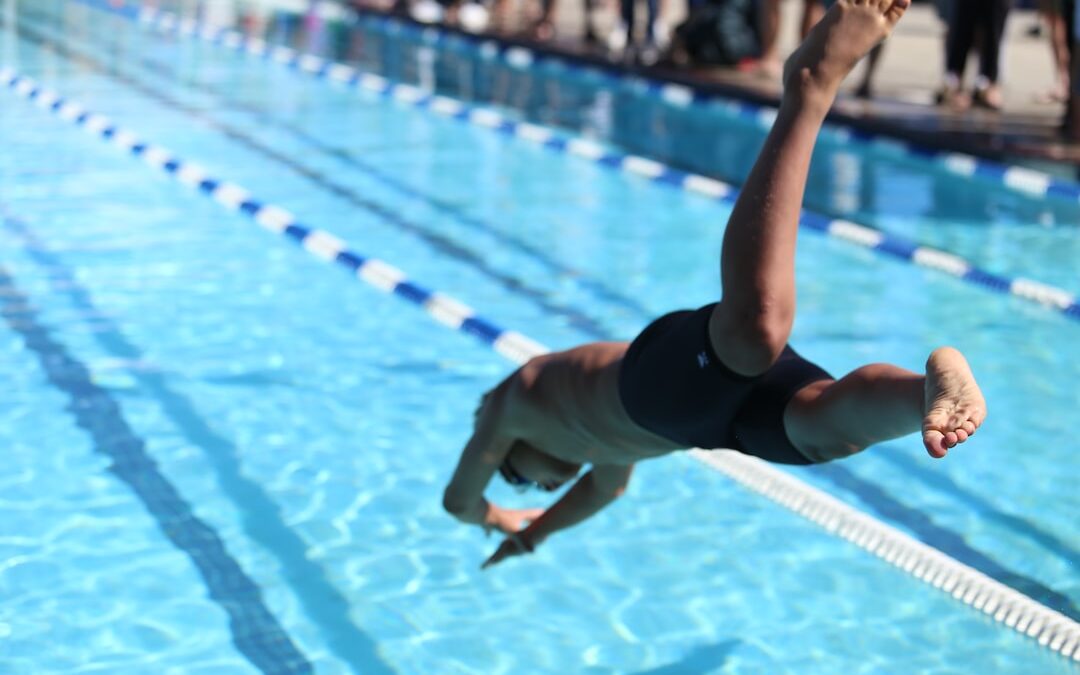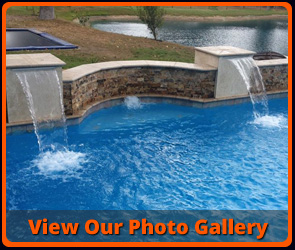Swimming pools are a fantastic way to beat the summer heat while adding curb appeal along the way. But your backyard oasis can quickly transform into a cesspool of algae and bacteria without the proper maintenance. Soon, your pool could be as unsanitary as the 12% of public pools that cause stomach viruses and pneumonia.
However, you’re not going to let your brand-new pool turn into a bacteria-infested swamp. You’ve invested a lot of time and money, and you want your in-ground pool to look immaculate all summer.
But how do you keep your pool looking and feeling great? Here’s a quick rundown on pool maintenance for beginners. Keep reading to keep your pool looking as good as the day you first bought it.
Managing Your Pool’s PH Levels
PH, or the measure of how acidic or alkaline your pool water is, is important to keeping it clean and safe for swimming. The right pH for a pool is around 7. Most people’s skin can handle this level without irritation or burning.
Your new filter will naturally help keep your water at this level, but you may need to adjust your pool’s chemistry manually if you notice changes in color or smell.
To test your pH levels, dip a litmus strip into a bucket of water from the deep end of your pool. Then compare the results to the color chart on the packaging. If your water is too acidic or alkaline, you can adjust it with commercial pool chemicals.
If your water is slightly acidic, use a sodium bisulfate solution (such as baking soda) to lower the pH. If your water is too alkaline, consider using a pH reducer.
Keeping Your Water Clean
Something to remember about in-ground pool maintenance is that clean water is the key to a healthy and happy pool.
If your pool has just been installed and hasn’t yet seen any use by humans (or animals), then no further maintenance beyond checking the water level is required until it’s time to clean. However, if you’ve already started using your new pool and want to keep its condition optimal, regular maintenance will be necessary.
Weekly cleaning should be enough for small residential pools. Larger commercial ones may need daily brushing, skimming, and vacuuming.
Maintaining the Interior
Your pool’s interior is the most important part of your maintenance routine, but it can be one of the hardest to keep track of. You’ll want to clean this part of your pool every two to three months. It may seem like an unnecessary step for some people, but a clean interior prevents algae growth—and that’s exactly what you want.
To clean the inside of your pool, use a brush and chlorine-based cleanser on all surfaces (including steps) before draining out any excess water. Afterward, rinse off any residue with fresh water before refilling your pool with clean tap water treated with chlorine.
Algae Issues and Algae Prevention
Algae are a natural part of your pool’s ecosystem. It can be a problem, however, if it grows too fast and becomes unsightly. At that point, it’s an ideal environment for harmful bacteria to grow and multiply.
Swimmers are at risk of developing skin rashes from exposure to these bacteria.
To prevent algae, keep your water pH balanced and add regular filter cleanings to your pool upkeep. If you want to remove existing algae, clean the interior of your pool and use shock treatment on your water.
Cleaning Your Pool Filter
A dirty filter doesn’t just look bad, it can do major damage to your pool ecosystem. A clogged filter stops water from circulating properly, so debris sits in the water and becomes a breeding ground for algae development.
The best way to clean your pool filter is with running water. While you’re cleaning, don’t forget to check for any damage that could interfere with the filter’s functions.
Tips on Pool Maintenance for Beginners
As with any skill, it takes time to master maintenance. Here are some tips that can help you become a pro:
No Chemicals During Hot Weather
Adding chemicals in a pool with high temperatures will cause them to evaporate before they can effectively disinfect the pool. Wait until the water cools down before adding any chemical solutions, or use a cover so your pool doesn’t heat up too much.
Don’t Solely Rely on an Automatic Pool Cleaner
Letting robotic pool cleaners do all the work means you won’t learn as much about sanitizing your pool. Make sure you check in every once in a while and clean off any algae that get stuck on walls and other surfaces. This way, you’ll be ready to tackle any further cleaning that might be needed.
Check the Basket Filters
Basket filters are your pool’s first line of defense against debris and muck, so it’s important to keep them clean. Remove any large leaves and other debris from the basket filter before rinsing it out with water. You should repeat this at least every few weeks.
Let the Professionals Advise You
Your new pool is a passion project. You want to learn everything there is to know about it so that you can be the best pool owner possible. But if you don’t have time to continually research pool maintenance for beginners, consider letting professionals advise you.
If you’re in Katy, TX, you can trust Sahara Pool Builder to give you the best tips in the business. We’ll help you build the ideal pool for your home and show you how to keep it pristine for years to come. For expert advice on cleaning your new pool and a free consultation on your next swimming project, contact us today.




